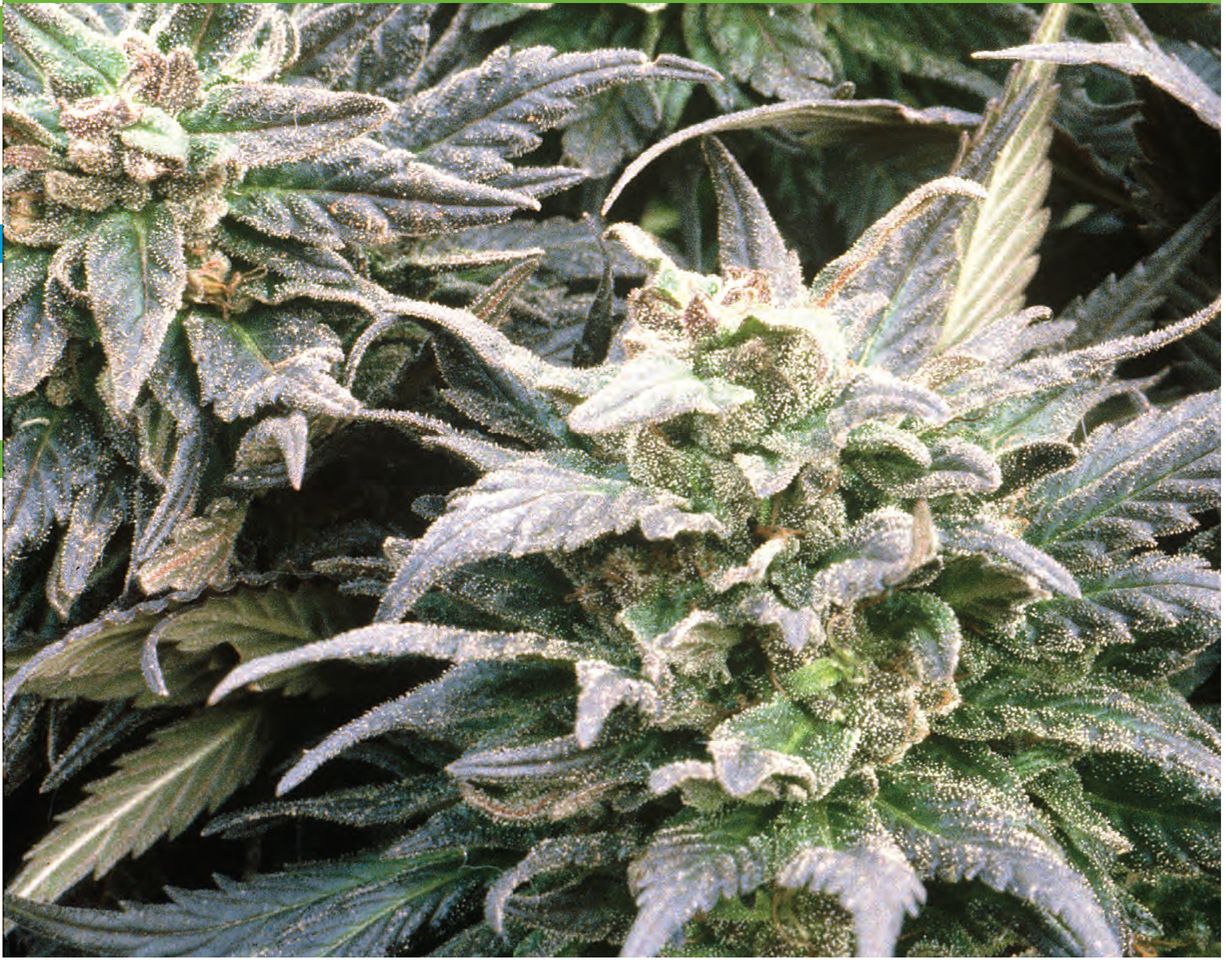Table of Contents
This book is dedicated to Franois Rabelais and to Pantagruel, the inventors of Pantagruelion.
See that girl, barefootin along,
whistling and singing, shes a carrying on.
Theres laughing in her eyes,
dancing in her feet,
shes a neon light diamond and she can
live on the street.
From The Golden Road (to Unlimited Devotion)
Lyrics and music by McGannahan Skjellyfetti
Copyright Ice Nine Publishing
Courtesy the Grateful Dead
Introduction
By Ed Rosenthal
Researchers think that cannabis originated in the Himalayan foothills. The climate there is temperate and the weather changes from year to year. To survive in such an environment, annual plants retain some individuality. Genetically speaking, plants accomplish this by keeping diverse genes within a single group of plants. That way, some do better in wet years; others are more successful during heat waves or drought or overcast skies.
This heterogeneity came in handy when humans carried cannabis to new lands with different climates. The emigrant plants had genes tucked away, preparing them to adapt to new conditions. Cannabis traveled far and wide, first along the caravan routes that crossed to China, India and the Mid-East. It is believed they then made it around the Mediterranean and into Africa, and finally to the smaller island countries. When the first European ships cruised to the Americas they brought cannabis for the ride and it adapted well there, too.
For millennia, civilizations found industrial uses for cannabis. Its fiber was valued for strength, durability and versatility. The Vedic, Chinese and Mid-Eastern cultures found recreational and therapeutic uses as well. When north European cultures discovered marijuanas effects, the stage was set for a collision between the herb and the societal ethics.
The non-linear thought processes of marijuana intoxication were probably not the reason for pothibition, but it was the rationale trotted out to the public. Marijuanas foreignness and its association with minorities and disreputable entertainers made it an easy target.
In the book, The Botany of Desire, Michael Pollan noted that pothibition has been a boon to the species marijuana. He showed that restrictive laws forced the development of technology to grow it in a vast new environment: indoors under lights. Pothibition created a domestic supply network that made its cultivation more popular than ever.
The laws have made it difficult for people to obtain seed or young plants as they would if they were growing tomatoes. Thus government policies have inadvertently promoted a breeding program exceeded by no commercial plant. Tens of thousands of gardeners have played roles in developing varieties by selecting from their best. Occasionally a single plant or a small group of plants shows outstanding qualities that bring it fame and sometimes fortune.
From the beginning of breeding using the classic landraces to the cosmopolitan varieties available today, only forty years has passed. Over those years, plants have progressed through many generations, with each better adapted to its new homeland, or to growing indoors under a strict regime of lights. Breeders have played a role in improving plants over generations, constantly selecting plants that were higher in potency and easier to grow.
The first book in this series, The Big Book of Buds, was testimony to the work of breeders who developed many of the newly re-domesticated varieties. They proved that cannabis variability could be manipulated to make it a plant that could be grown by the home gardener. Many of these strains became legendary and have been relied on as parent stock in successive breeding endeavors.
Cannabis is enjoying the new territories it has colonized indoors and out, and continues to evolve in its symbiotic relationship with humans. The anti-drug ads are right (well at least in one way): todays marijuana is not the same as your parents or grandparents. Its more user-friendly and much easier to grow.
Big Book of Buds Volume 2 is a celebration of the two-fold path taken by seed breeders since the Big Book of Buds was published. First, they have developed plants that are more adapted to specific conditions. Plants may grow tall and branchy, short and bonsai-like, or be limber enough to grow like a vine. Some are tolerant of cold, heat, drought, short or long seasons and so many other important factors.
Second, breeders have more specifically elucidated marijuanas effects on humans. All pot isnt the same. Some takes you up, some takes you down and still others take you all kinds of side ways. As we have more scientific research about this plant and its components, the medicinal, mental and physiological effects of each variety can cater more to a specifically desired effect.
The Big Book of Buds Volume 2 opens a new chapter in the evolution of our relationship to this plant. Marijuana and humans go back millennia but this book is about the modern cannabis plant, as gardeners adapt it to fit our contemporary needs, desires and circumstances.
May the two species continue to dance together.
The Icons
The first icon deals with plant type. The possibilities are:
plants with a sativa background
plants with an indica background and hybrids, which are either
Indica plants originated around the 30th parallel in the Hindu Kush region of the Himalayan foothills.This includes the countries of Afghanistan, Pakistan, Tajikistan, Northern India and Nepal. The weather there is quite variable from year to year. For this reason the populations there have a varied gene pool and even within a particular population there is a high degree of heterogeneity, which results in plants of the same variety having quite a bit of variability. This helps the population survive. No matter what the weather during a particular year, some plants will thrive and reproduce.


















